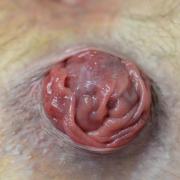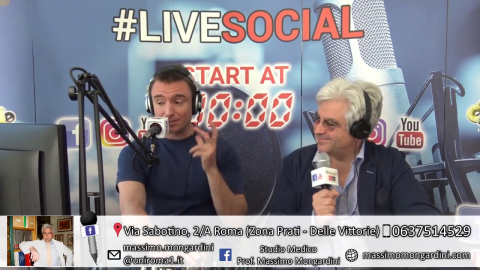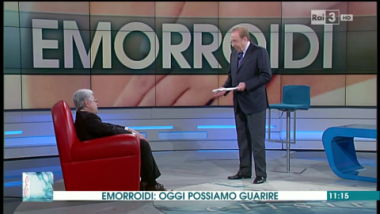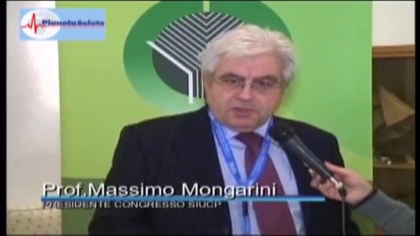Prolasso (cura del)
Inviato da Massimo MONGARDINI il Ven, 01/05/2020 - 22:25Cura del prolasso: l’insieme delle misure che si possono adottare per eliminare, ridurre o rendere meno invalidante un prolasso “sintomatologicamente” evidente.
Negli stadi iniziali è possibile individuare presidi medici (ad esempio per risolvere la stipsi) o fisioterapici (riabilitazione del pavimento pelvico link); negli stadi più avanzati diviene indispensabile l’intervento chirurgico

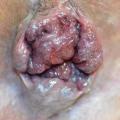 Le emorroidi sono strutture anatomiche presenti sin dalla nascita in tutti gli individui, come una sorta di cuscinetti vascolari (formati da arterie e vene) localizzati all’interno del canale anale. Si distinguono in interne ed esterne e contribuiscono alla continenza delle feci ed alla discriminazione di liquidi e gas. L’afflusso e il deflusso del sangue ne determinano dimensioni ed un corretto funzionamento.
Le emorroidi sono strutture anatomiche presenti sin dalla nascita in tutti gli individui, come una sorta di cuscinetti vascolari (formati da arterie e vene) localizzati all’interno del canale anale. Si distinguono in interne ed esterne e contribuiscono alla continenza delle feci ed alla discriminazione di liquidi e gas. L’afflusso e il deflusso del sangue ne determinano dimensioni ed un corretto funzionamento.